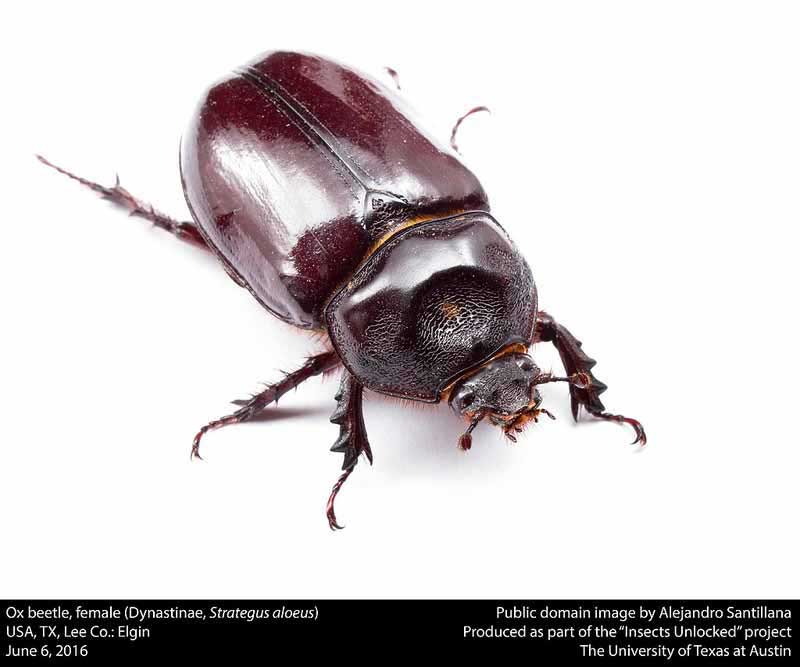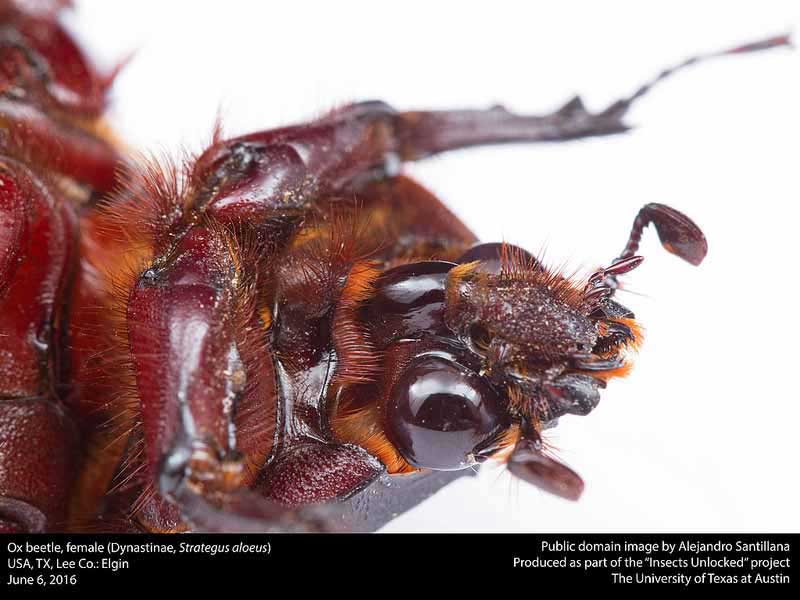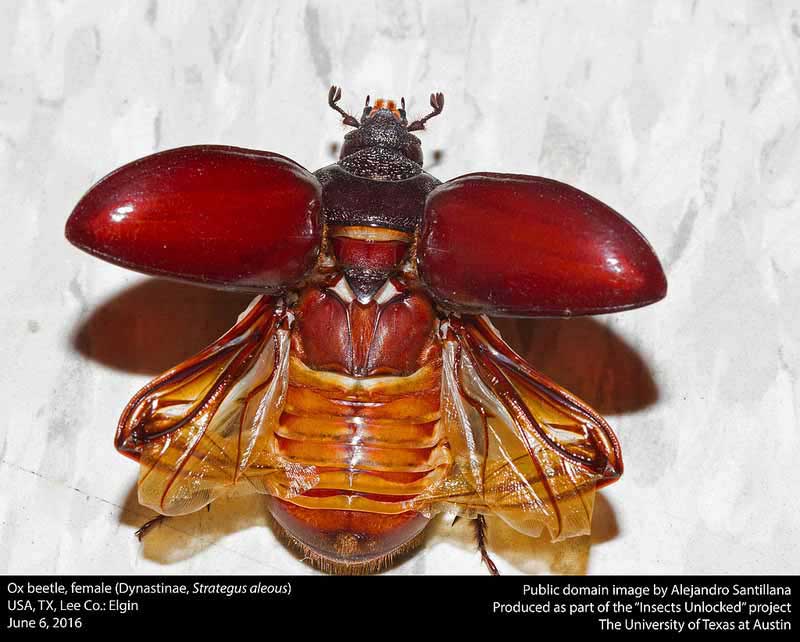
Superregnum: Eukaryota
Regnum: Animalia
Subregnum: Eumetazoa
Cladus: Bilateria
Cladus: Nephrozoa
Cladus: Protostomia
Cladus: Ecdysozoa
Cladus: Panarthropoda
Phylum: Arthropoda
Subphylum: Hexapoda
Classis: Insecta
Cladus: Dicondylia
Subclassis: Pterygota
Ordo: Coleoptera
Subordo: Polyphaga
Infraordo: Scarabaeiformia
Superfamilia: Scarabaeoidea
Familia: Scarabaeidae
Subfamilia: Dynastinae
Tribus: Oryctini
Genus: Strategus
Species: Strategus aloeus
Name
Strategus aloeus (Linnaeus, 1758)
Original combination: Scarabaeus aloeus
Synonyms
Geotrupes semiramis Fabricius, 1801
Scarabaeus aeasalus Laporte, 1840
Strategus julianus Burmeister, 1847
Strategus piosomus Kolbe, 1902
Strategus roosevelti Casey, 1915
Strategus frontalis Casey, 1915
Strategus tarsalis Casey, 1915
Strategus gaillardi Casey, 1915


 References
References
Linnaeus, C. 1758. Systema Naturae per regna tria naturæ, secundum classes, ordines, genera, species, cum characteribus, differentiis, synonymis, locis, Tomus I. Editio decima, reformata. Holmiæ: impensis direct. Laurentii Salvii. i–ii, 1–824 pp DOI: 10.5962/bhl.title.542: 345. Reference page.
Ratcliffe, B.C. 1976: A revision of the genus Strategus (Coleoptera: Scarabaeidae). Bulletin of the University of Nebraska State Museum, 10: 93–204. PDF
Strategus aloeus, the ox beetle, is a species of rhinoceros beetle. The "major" males of this species have three large horns on their thoraces, resembling the Triceratops. The "minor" males have horns, as well, but the two back ones are small and the frontal horn is much shorter than the horn in major males. The female ox beetle has a very short horn which has little use in fighting, but is used for digging in the ground. These beetles grow to about 1.0 to 1.5 in (2.5 to 3.8 cm) long as adults when the horns are excluded in the males.
Although this species occurs in the United States, its populations are much higher in Mexico, Central America and parts of South America.
The larvae of this species feed on roots in the ground, while the adults feed on flowers and all sorts of fruit. The larvae take around four to six months to reach the pupal stage. The pupal stage can be shortened in captivity by placing the pupae in a warm area. The adults are active from May to November, and during this time both males and females try to mate. These beetles are very common near lights in the summer and can be collected in large numbers in some areas. Their larvae are sometimes considered a pest because they can damage lawns and gardens by feeding on the roots.
References
Coin, Patrick and Phillip Harpootlian. "Species Strategus aloeus". Online: http://bugguide.net/node/view/6278. July 29, 2006.
Retrieved from "http://en.wikipedia.org/"
All text is available under the terms of the GNU Free Documentation License

